Home>Furniture>Outdoor Furniture>What To Look For When Buying Patio Furniture
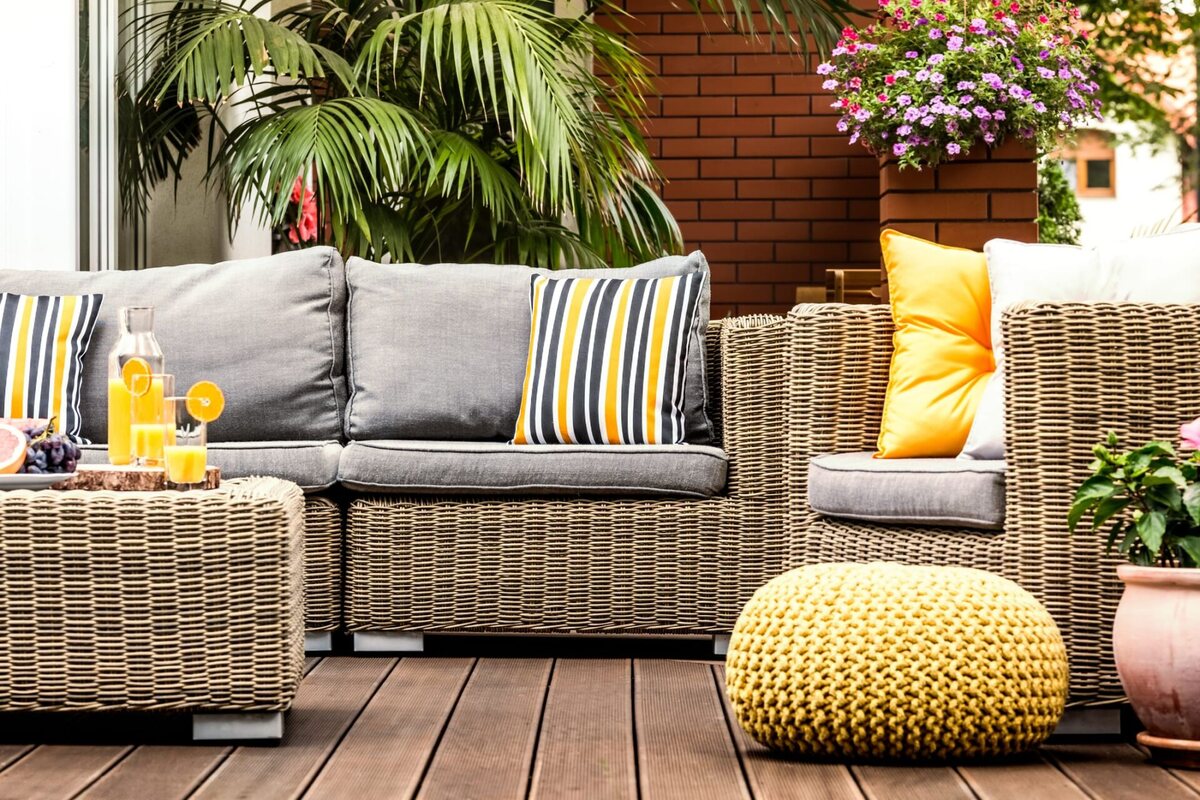

Outdoor Furniture
What To Look For When Buying Patio Furniture
Modified: March 7, 2024
Looking to buy patio furniture? Find out what to look for when purchasing outdoor furniture to ensure you make the right choice for your outdoor space.
(Many of the links in this article redirect to a specific reviewed product. Your purchase of these products through affiliate links helps to generate commission for Storables.com, at no extra cost. Learn more)
Introduction
When it comes to creating a beautiful and functional outdoor space, having the right patio furniture is crucial. Whether you have a spacious backyard, a cozy balcony, or a stylish rooftop terrace, the right outdoor furniture can transform any space into a comfortable and inviting oasis. From relaxing with a book on a sunny afternoon to hosting memorable gatherings with family and friends, patio furniture plays a key role in outdoor comfort and entertainment.
However, with so many options available on the market, choosing the right patio furniture can be overwhelming. The buying process can be filled with considerations such as cost, durability, material, comfort, size, style, maintenance, storage, and warranty. Understanding these factors and knowing what to look for can help you make an informed decision and find the perfect patio furniture to suit your needs and preferences.
In this comprehensive guide, we will explore each of these factors in detail, providing you with valuable insights to consider when purchasing outdoor furniture. By the end of this article, you will have a better understanding of what to look for when buying patio furniture, enabling you to create a stylish and comfortable outdoor living space that you can enjoy for years to come.
Key Takeaways:
- Choose durable patio furniture made of materials like aluminum, teak, or HDPE to withstand weather and save money in the long run.
- Prioritize comfort, style, and proper maintenance to create a beautiful and inviting outdoor space that reflects your personal taste and provides lasting enjoyment.
Read more: What To Look For In Patio Furniture
Cost
Cost is an important factor to consider when purchasing patio furniture. Your budget will determine the range of options available to you. It’s essential to find a balance between quality and affordability.
Keep in mind that while some outdoor furniture may come with a higher price tag, it often reflects the quality and durability of the materials used. Investing in higher-quality furniture may save you money in the long run by lasting longer and requiring fewer replacements or repairs.
Consider your budget and prioritize the essential pieces of furniture you need. If you have a limited budget, focus on the key items, such as a dining table or comfortable seating, and add other pieces over time.
Additionally, compare prices from different retailers and take advantage of sales or promotions to get the best value for your money. Online shopping allows for easy price comparisons, making it convenient to find the best deals.
Remember, cost should not be the sole deciding factor. It’s important to consider other aspects such as durability, comfort, and style to ensure that you are investing in furniture that meets your needs and preferences.
Durability
When it comes to outdoor furniture, durability is key. Your patio furniture will be exposed to various weather conditions, including rain, sun, and even extreme temperatures. Therefore, it’s crucial to choose furniture that can withstand these elements and maintain its quality over time.
One of the primary indicators of durability is the material used in constructing the furniture. Look for materials that are known for their ability to resist rust, fading, and damage from the sun’s UV rays. Common durable materials for outdoor furniture include aluminum, teak, wrought iron, and high-density polyethylene (HDPE).
Aluminum is lightweight, rust-resistant, and requires minimal maintenance. Teak is a hardwood known for its natural resistance to rot and decay, making it a popular choice for outdoor furniture. Wrought iron is sturdy and durable, but it may require occasional touch-ups to prevent rust. HDPE is a synthetic material that is highly resistant to weather elements and easy to clean.
In addition to the materials, pay attention to the construction and craftsmanship of the furniture. Opt for furniture with sturdy joints, reinforced frames, and strong hardware. It’s also worth considering furniture with protective coatings or finishes that can enhance durability and longevity.
Furthermore, consider the warranty provided by the manufacturer. A longer warranty is often an indicator of a higher-quality product, as it shows that the manufacturer is confident in the durability of their furniture.
Remember, investing in durable patio furniture may require a higher upfront cost, but it will ultimately save you money by reducing the need for frequent replacements and repairs.
Material
The choice of material for your patio furniture plays a crucial role in its durability, appearance, and maintenance requirements. There are several popular materials to consider, each with its own unique characteristics and benefits.
1. Aluminum: Aluminum is a lightweight and durable material that is resistant to rust and corrosion. It is easy to clean and maintain, making it a popular choice for outdoor furniture. Aluminum furniture is also versatile and available in a wide range of styles and finishes.
2. Teak: Teak is a tropical hardwood known for its natural resistance to moisture, insects, and decay. It has a rich, warm appearance and develops a unique silver-grey patina over time if left untreated. Teak furniture requires periodic cleaning and oiling to maintain its color and prevent cracking.
3. Wicker: Wicker refers to furniture woven from natural or synthetic materials, such as rattan, cane, or resin. It offers a classic and timeless look and is lightweight and easy to move. Synthetic wicker, like resin, is more durable and weather-resistant.
4. Steel and Iron: Steel and iron are solid and sturdy materials, often used for wrought iron furniture. They provide a classic and elegant look and can be intricately designed. However, they require regular maintenance to prevent rust and may not be as weather-resistant as other materials.
5. HDPE (High-Density Polyethylene): HDPE is a synthetic material that is resistant to moisture, fading, and cracking. It offers the look of natural wood but requires minimal maintenance. HDPE furniture is eco-friendly and can withstand various weather conditions.
6. Cushion Fabrics: When choosing furniture with cushions, consider the fabric used. Look for materials that are fade-resistant, water-resistant, and easy to clean, such as acrylic or polyester. Ensure that the cushions have removable and washable covers for convenience.
Consider your personal preferences, maintenance requirements, and the climate of your area when selecting the material for your patio furniture. Each material has its own advantages and considerations, so choose the one that best suits your needs and aesthetic preferences.
Comfort
When selecting patio furniture, comfort is paramount. After all, outdoor furniture is meant to provide a relaxing and enjoyable experience. Here are some factors to consider when evaluating the comfort of patio furniture:
1. Seating Ergonomics: Look for furniture with well-designed seating. Chairs and sofas should have proper back support and ergonomic shapes to ensure a comfortable sitting position. Consider furniture with cushions and padding for added comfort.
2. Seat Depth and Height: Evaluate the seat depth and height to ensure that it suits your body size and preferred seating posture. Deep seats provide a relaxed, lounging feel, while shallower seats are better for dining or more upright seating.
3. Armrests and Backrests: Check if the furniture has comfortable armrests and backrests that provide support and allow for proper relaxation. Adjustable backrests can offer flexibility for different sitting positions.
4. Cushion Quality: If the furniture comes with cushions, consider the quality and thickness of the cushions. High-quality cushions can provide better support and comfort. Opt for cushions made with durable and weather-resistant fabrics for long-lasting comfort.
5. Swivel and Rocking Features: Some chairs and loungers have swivel or rocking features, adding an extra element of comfort and relaxation. These features can enhance the overall experience by allowing you to adjust and find your preferred sitting position.
6. Test it Out: Whenever possible, try sitting on the furniture before making a purchase. This will give you a firsthand experience of its comfort and help you determine if it meets your specific preferences and needs.
Remember, comfort is subjective, and what may be comfortable for one person may not be for another. Take your individual preferences and requirements into account to ensure that the patio furniture you choose provides the relaxation and enjoyment you desire.
Read more: When Is Best Time To Buy Patio Furniture
Size
Considering the size of your patio furniture is essential to ensure a proper fit in your outdoor space. Here are a few factors to consider when determining the size of your patio furniture:
1. Available Space: Measure the area where you plan to place the furniture. Take into account any obstructions such as walls, trees, or other fixtures. This will help you determine the maximum dimensions you can accommodate.
2. Functionality: Consider how you plan to use your outdoor space. If you frequently host large gatherings or entertain guests, opt for a larger dining table and ample seating. If you prefer a more intimate setting, a smaller bistro set or a cozy seating arrangement may be more suitable.
3. Traffic Flow: Ensure that there is enough space for easy movement around the furniture. Allow sufficient room for people to walk comfortably without feeling cramped or restricted. Consider the placement of doors, pathways, and any other areas where people will need to pass through.
4. Proportions: Pay attention to the proportions of the furniture in relation to the size of your outdoor space. Oversized furniture can make a small area feel cramped, while furniture that is too small may look out of place in a larger space. Strive for a balanced and visually appealing arrangement.
5. Storage Space: If you have limited storage space, consider furniture that is foldable or stackable to maximize storage efficiency. This is particularly important if you live in an area with harsh weather conditions that may require you to store the furniture during certain seasons.
6. Modular and Sectional Options: Modular furniture allows you to customize the configuration based on your available space. Sectional sofas and modular seating sets offer flexibility, allowing you to adapt the layout to suit your specific needs.
By carefully considering the size of your patio furniture and how it fits into your outdoor space, you can create a harmonious and functional arrangement that maximizes both comfort and aesthetic appeal.
When buying patio furniture, look for materials that are weather-resistant, such as teak, cedar, or metal. This will ensure that your furniture lasts longer and can withstand outdoor conditions.
Style
The style of your patio furniture is an important aspect to consider as it contributes to the overall aesthetic appeal of your outdoor space. Whether you prefer a contemporary, traditional, rustic, or eclectic style, there are numerous options available to suit your taste. Here are some considerations when selecting the style of your patio furniture:
1. Architecture and Landscape: Take inspiration from the architecture and landscape of your home. Consider if your space has a modern, Mediterranean, coastal, or rustic vibe, and choose furniture that complements the overall aesthetic. Matching the style of your furniture to your surroundings can create a harmonious and cohesive outdoor environment.
2. Material and Finish: Different materials and finishes can evoke different styles. For a contemporary look, opt for sleek, minimalist designs in materials such as aluminum or resin. Wicker or teak furniture can bring a more rustic or coastal feel. Consider the finish and color of the furniture as well, whether it be a natural wood finish or a vibrant, painted surface.
3. Cushion Fabrics: The fabric of the cushions can also contribute to the style of your outdoor space. Choose patterns, colors, and textures that align with your desired aesthetic. Neutral tones offer a timeless and versatile look, while bold patterns can add a pop of personality. Ensure that the cushion fabric is durable and weather-resistant.
4. Furniture Shapes and Lines: The shape and lines of the furniture can greatly affect the overall style. Sleek and clean lines tend to create a modern and contemporary look, while curved or ornate designs can evoke a more traditional or romantic feel. Consider the silhouette and form of the furniture pieces in relation to your desired style.
5. Coordinated Sets or Eclectic Mix: Decide whether you prefer a coordinated furniture set for a cohesive look, or if you want to mix and match different styles, materials, or colors for a more eclectic and personalized approach. Mixing styles can add visual interest and create a unique outdoor space.
6. Details and Accessories: Don’t forget about the smaller details and accessories that can enhance the overall style of your patio furniture. Pay attention to the design of the table legs, the patterns on the cushions, or the decorative elements on the furniture. Consider including accessories such as outdoor rugs, throw pillows, or lighting fixtures to further enhance the style and create a comfortable atmosphere.
By carefully considering the style of your patio furniture, you can create an outdoor space that reflects your personal taste and complements the overall aesthetic of your home. Take the time to browse different styles and find inspiration to create a truly inviting and visually appealing outdoor retreat.
Maintenance
Maintenance is an important factor to consider when purchasing patio furniture. Proper maintenance ensures that your furniture remains in good condition and prolongs its lifespan. Here are some maintenance considerations for different types of patio furniture:
1. Metal Furniture: Metal furniture, such as aluminum or wrought iron, generally requires minimal maintenance. Regular cleaning with mild soap and water is usually sufficient to remove dirt and debris. Apply a coat of wax or protective spray to prevent rust or corrosion. Check for any scratches or chips and touch up the paint as needed.
2. Wood Furniture: Wood furniture, like teak or cedar, requires regular maintenance to keep its natural beauty and prevent weathering. Clean the furniture with a mild detergent and water, using a soft brush or sponge. Apply a sealant or protective oil to maintain its moisture content and prevent cracking or splitting. Consider sanding and refinishing the furniture periodically to restore its original appearance.
3. Wicker Furniture: Wicker furniture, whether natural or synthetic, is generally easy to maintain. Regularly dust or vacuum the furniture to remove any dirt or debris. Clean it with a mild soap and water solution and a soft brush. Ensure that the furniture is completely dry before replacing any cushions or covers. Store wicker furniture in a covered area or use furniture covers during inclement weather.
4. Cushions and Fabrics: Cushions and fabric covers should be cleaned regularly to prevent stains and maintain their appearance. Check the care instructions provided by the manufacturer to determine the appropriate cleaning method. Most outdoor fabrics are designed to be water-resistant and easy to clean. However, if the cushions are removable, it is recommended to store them indoors or use furniture covers during periods of non-use to extend their lifespan.
5. General Tips: Regardless of the type of furniture, here are some general maintenance tips to keep in mind:
- Regularly inspect the furniture for any loose screws or damaged parts, and replace or repair as needed.
- Protect the furniture from extreme weather conditions by using covers or storing it indoors during harsh seasons.
- Avoid placing hot items directly on the furniture to prevent damage.
- Remove any stains or spills promptly to prevent them from setting.
- Be mindful of the weight capacity of the furniture and avoid exceeding it to prevent damage.
By following these maintenance guidelines, you can ensure that your patio furniture remains in good condition and provides lasting enjoyment for years to come.
Storage
Proper storage of your patio furniture is crucial to protect it from harsh weather conditions and extend its lifespan. Here are some storage options and tips to consider:
1. Indoor Storage: The ideal storage solution for patio furniture is indoors, such as in a garage, basement, or shed. If you have the space available, this option provides the best protection from the elements. Ensure that the storage area is clean, dry, and free from pests.
2. Covered Storage: If indoor storage is not feasible, consider covering your furniture with weatherproof covers designed specifically for patio furniture. These covers offer protection from rain, sun, and dirt. Look for covers that are durable, water-resistant, and have reinforced seams. Secure the covers tightly to prevent them from blowing off in strong winds.
3. Stackable and Foldable Furniture: Invest in stackable or foldable furniture to maximize storage space. These types of furniture can be easily stacked or folded and stored in a compact manner, making them ideal for smaller spaces or when storage is limited.
4. Disassemble and Store: If your furniture is designed to be disassembled, consider taking it apart before storing. This allows for more efficient storage and can help protect delicate parts and ensure proper fit in your storage space. Keep all the hardware in a labeled bag or container for easy reassembly.
5. Cushion Storage: If your patio furniture has cushions, it’s important to store them properly. Remove the cushions and clean them according to the manufacturer’s instructions. Ensure they are completely dry before storing to prevent mildew and mold growth. Store the cushions in a dry and ventilated area or in a cushion storage box specifically designed to keep them clean and protected.
6. Utilize Vertical Space: If you have limited floor space for storage, consider utilizing vertical space. Install wall hooks, racks, or overhead storage systems to hang lightweight furniture pieces, such as folding chairs or hammocks.
7. Store Accessories Separately: Store any patio furniture accessories separately, such as umbrellas, cushions, or outdoor pillows. This helps to reduce clutter and makes it easier to access and organize your equipment.
Remember to thoroughly clean and dry your patio furniture before storing it. This helps prevent the growth of mold, mildew, and other damage that can occur when furniture is packed away while still damp.
By properly storing your patio furniture during periods of non-use or inclement weather, you can protect it from damage and ensure its longevity, allowing you to enjoy it for many seasons to come.
Warranty
When purchasing patio furniture, it’s important to consider the warranty offered by the manufacturer. A warranty provides assurance and protection against defects in materials and workmanship. Here are some key factors to consider regarding warranties:
1. Length of Warranty: Check the duration of the warranty offered by the manufacturer. Warranties can vary in length, with some ranging from one year to several years. Longer warranties are generally an indication of a manufacturer’s confidence in the quality and durability of their furniture.
2. Coverage: Review the warranty coverage in detail. It should outline what specific components or parts are covered, such as the frames, cushions, or finishes. Ensure that the warranty covers common issues that may arise during the expected lifespan of the furniture.
3. Exclusions: Understand any exclusions or limitations mentioned in the warranty. Some warranties may not cover normal wear and tear or damage caused by improper use, accidents, or environmental factors. Carefully read the terms and conditions to be aware of any specific conditions that can void the warranty.
4. Maintenance Requirements: Some warranties may state specific maintenance requirements that need to be followed to keep the warranty valid. This may include regular cleaning, proper storage, or using specific cleaning products. Ensure that you are prepared to fulfill these requirements to maintain the warranty coverage.
5. Claim Process: Familiarize yourself with the warranty claim process. Understand how to submit a claim if you encounter any issues with the furniture. Determine who is responsible for the cost of shipping or repairs, and if there are any service fees or deductibles associated with making a claim.
6. Reputation of the Manufacturer: Consider the reputation and reliability of the manufacturer when evaluating the warranty. Research customer reviews and ratings to gain insights into how responsive and helpful the manufacturer has been in resolving warranty claims in the past.
7. Extended Warranty Options: In some cases, manufacturers may offer extended warranty options for an additional cost. Evaluate whether purchasing an extended warranty is worth the added investment for your specific needs and concerns.
Remember to keep all warranty documentation, including the original purchase receipt and any warranty registration forms, in a safe place for future reference.
Having a comprehensive warranty can provide peace of mind, knowing that the furniture is protected against potential defects. It is a reflection of the manufacturer’s confidence in their product and can reassure you of their commitment to customer satisfaction.
Conclusion
Choosing the right patio furniture is essential for creating a comfortable and inviting outdoor space. By considering factors such as cost, durability, material, comfort, size, style, maintenance, storage, and warranty, you can make an informed decision that will ensure your outdoor furniture meets your needs and preferences for years to come.
When it comes to cost, find a balance between quality and affordability. Invest in durable furniture that can withstand various weather conditions and require minimal maintenance. Materials like aluminum, teak, wicker, steel, iron, and HDPE offer different benefits and styles to suit your taste.
Comfort is key, so prioritize ergonomics and consider factors such as seat depth, height, backrests, and cushion quality. Evaluate the available space and choose furniture that fits proportionally and allows for easy traffic flow. Determine your desired style, whether it’s modern, traditional, rustic, or eclectic, and select furniture that complements your home’s architecture and landscape.
Remember to consider the maintenance requirements of your chosen furniture, including cleaning, protection, and any specific care instructions. Adequate storage, whether indoor or covered, ensures your furniture remains in good condition when not in use. Read and understand the warranty details, including the length of coverage, what is included, and any exclusions or maintenance requirements.
In conclusion, by thoroughly considering these factors when buying patio furniture, you can create a beautiful and functional outdoor space that reflects your style and provides a comfortable retreat for relaxation and entertaining. Take the time to research and compare options, and don’t hesitate to try out the furniture for yourself to ensure it meets your standards of comfort and quality.
Now, armed with this comprehensive guide, you can confidently embark on your patio furniture purchasing journey, knowing that you have the knowledge to make an informed decision and create an outdoor living space that you can truly enjoy and be proud of.
Frequently Asked Questions about What To Look For When Buying Patio Furniture
Was this page helpful?
At Storables.com, we guarantee accurate and reliable information. Our content, validated by Expert Board Contributors, is crafted following stringent Editorial Policies. We're committed to providing you with well-researched, expert-backed insights for all your informational needs.
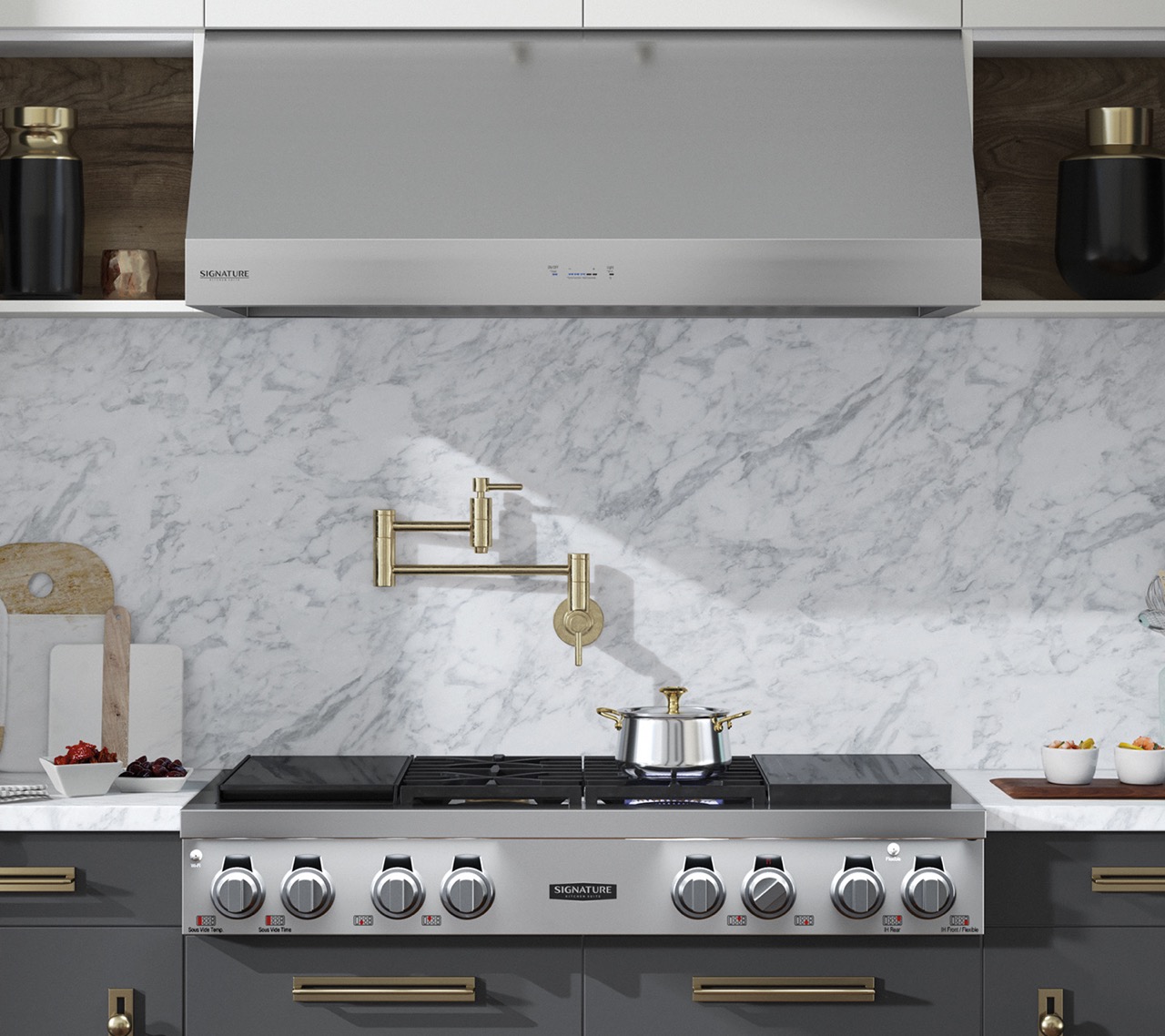
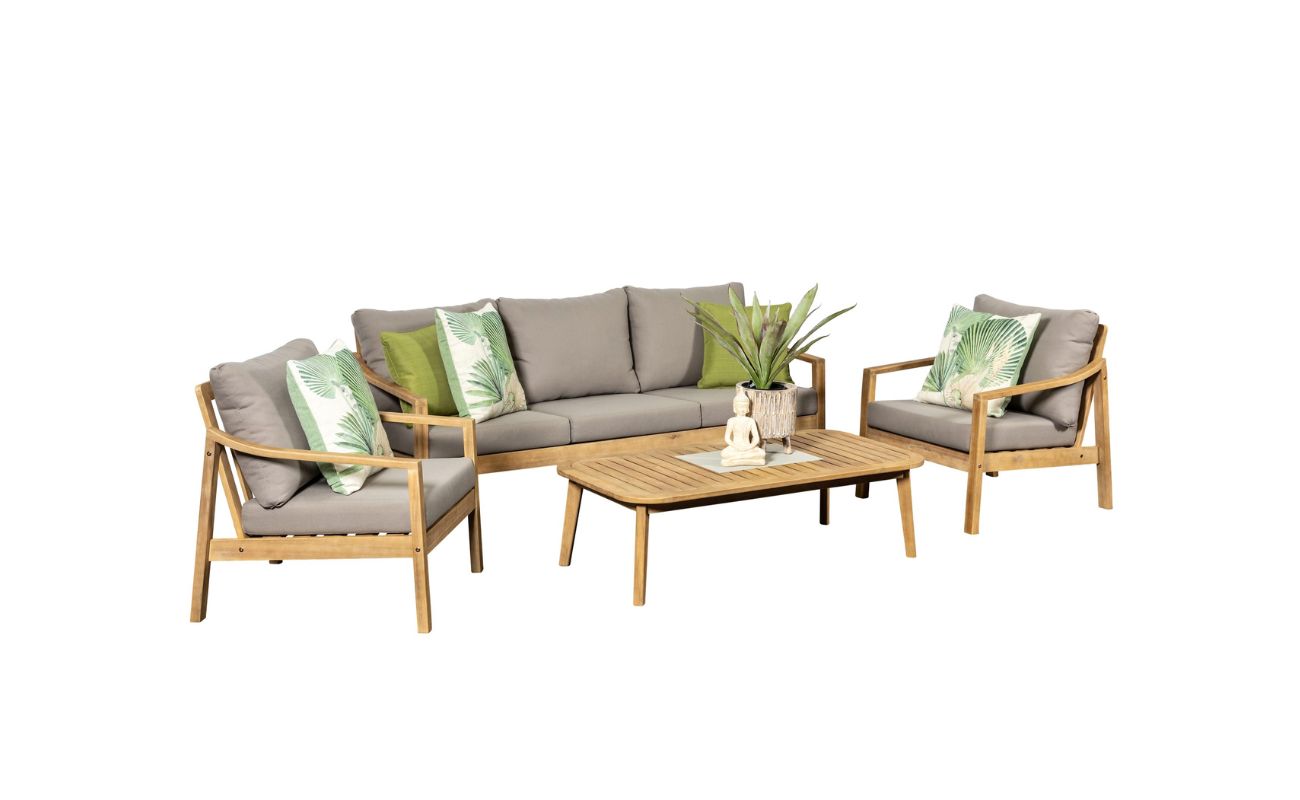
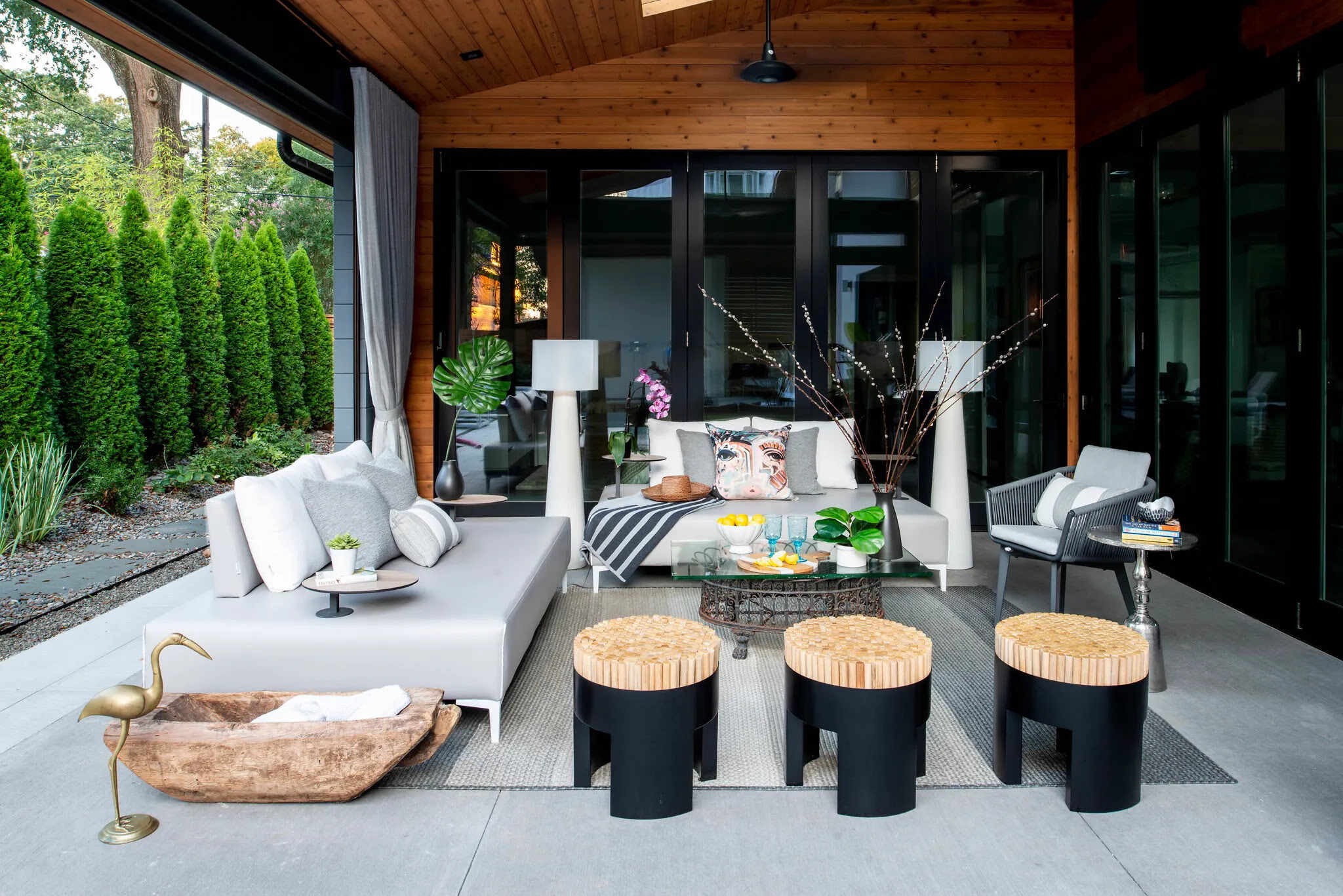
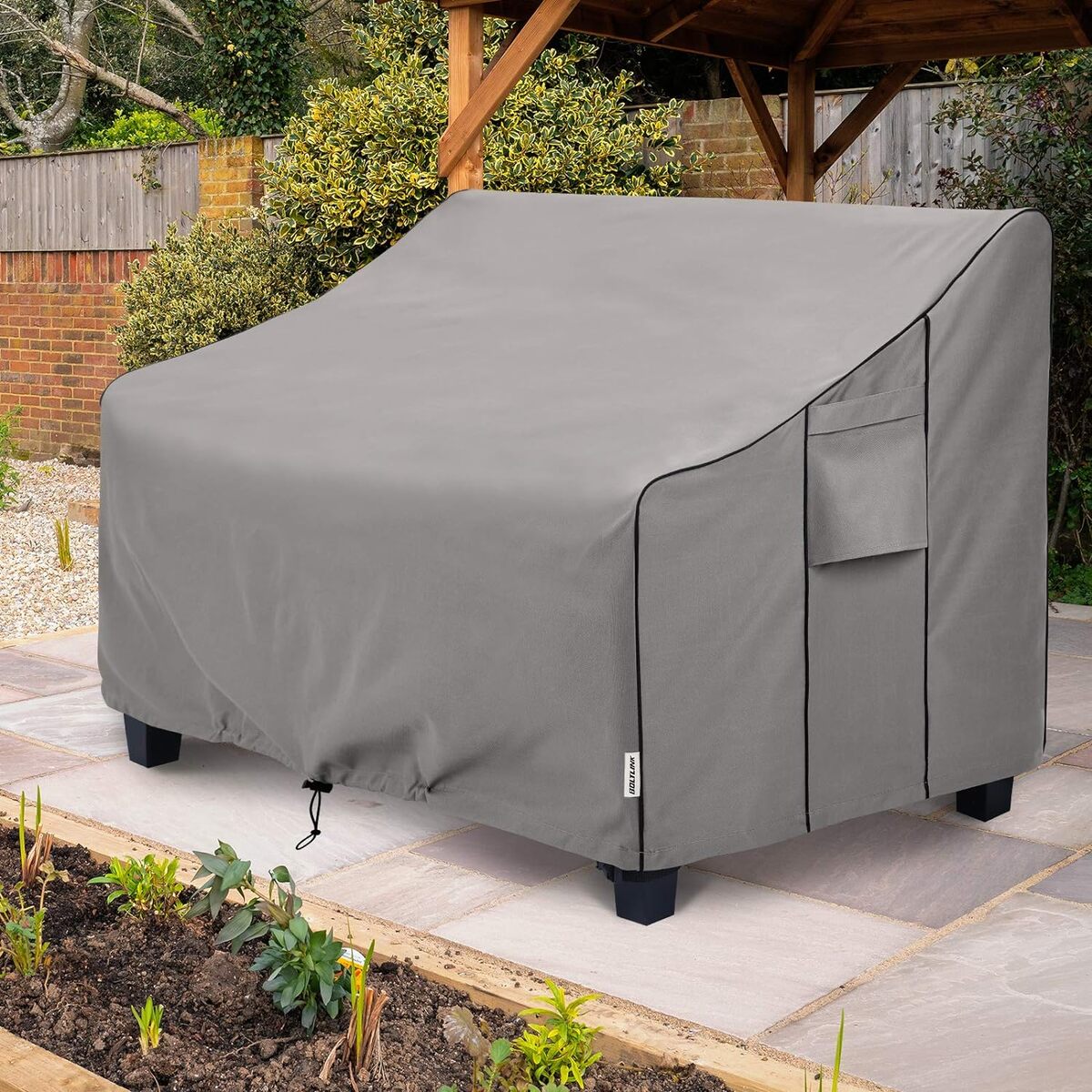
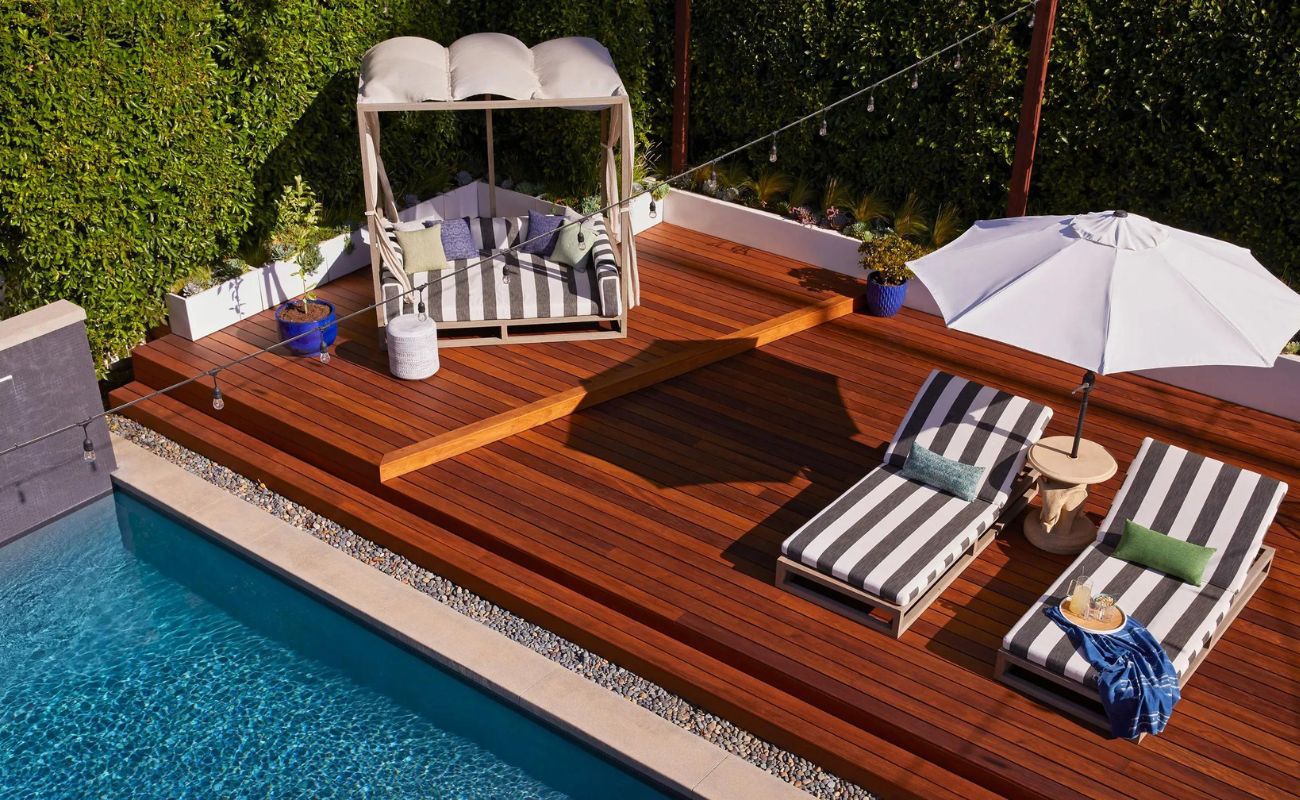
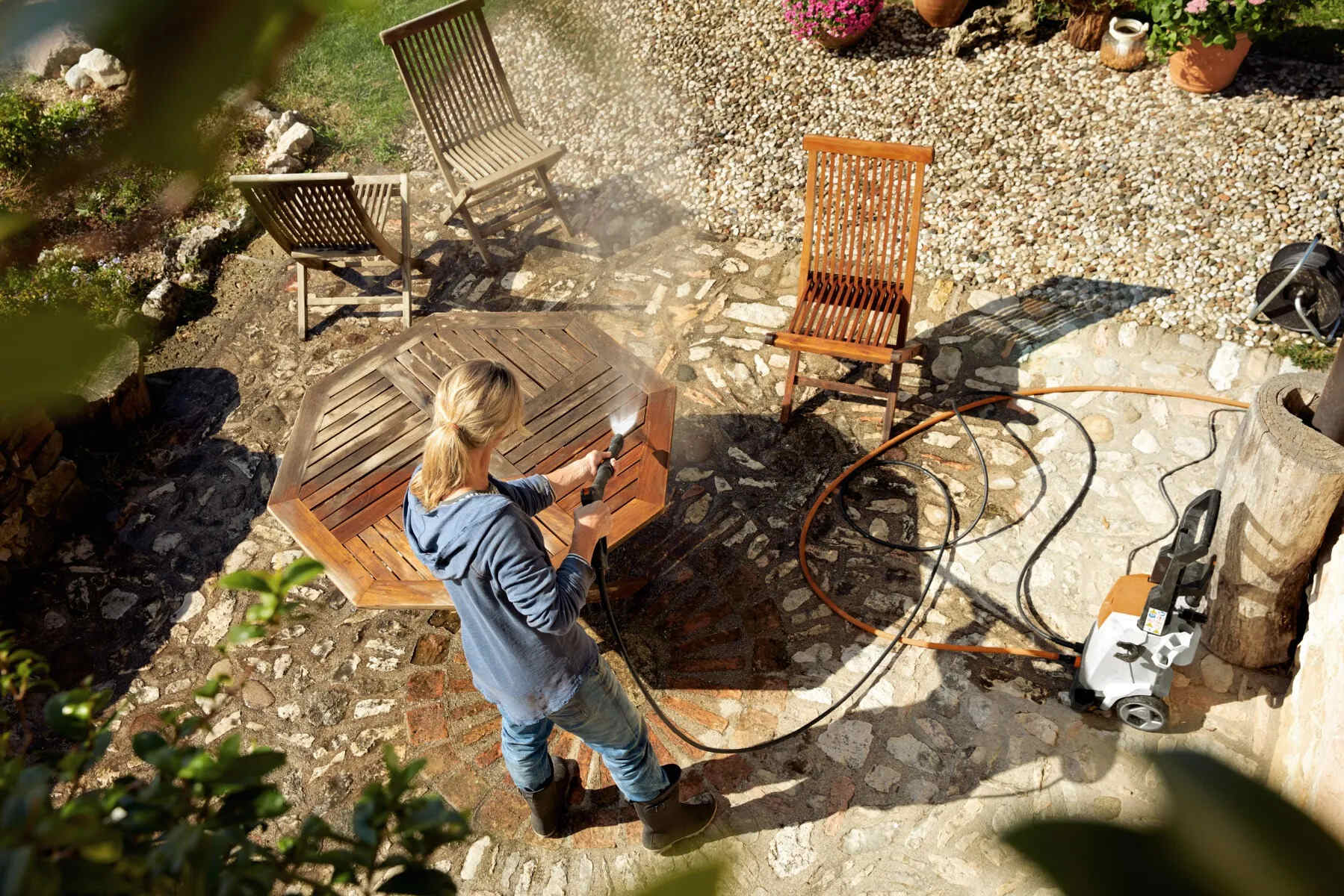

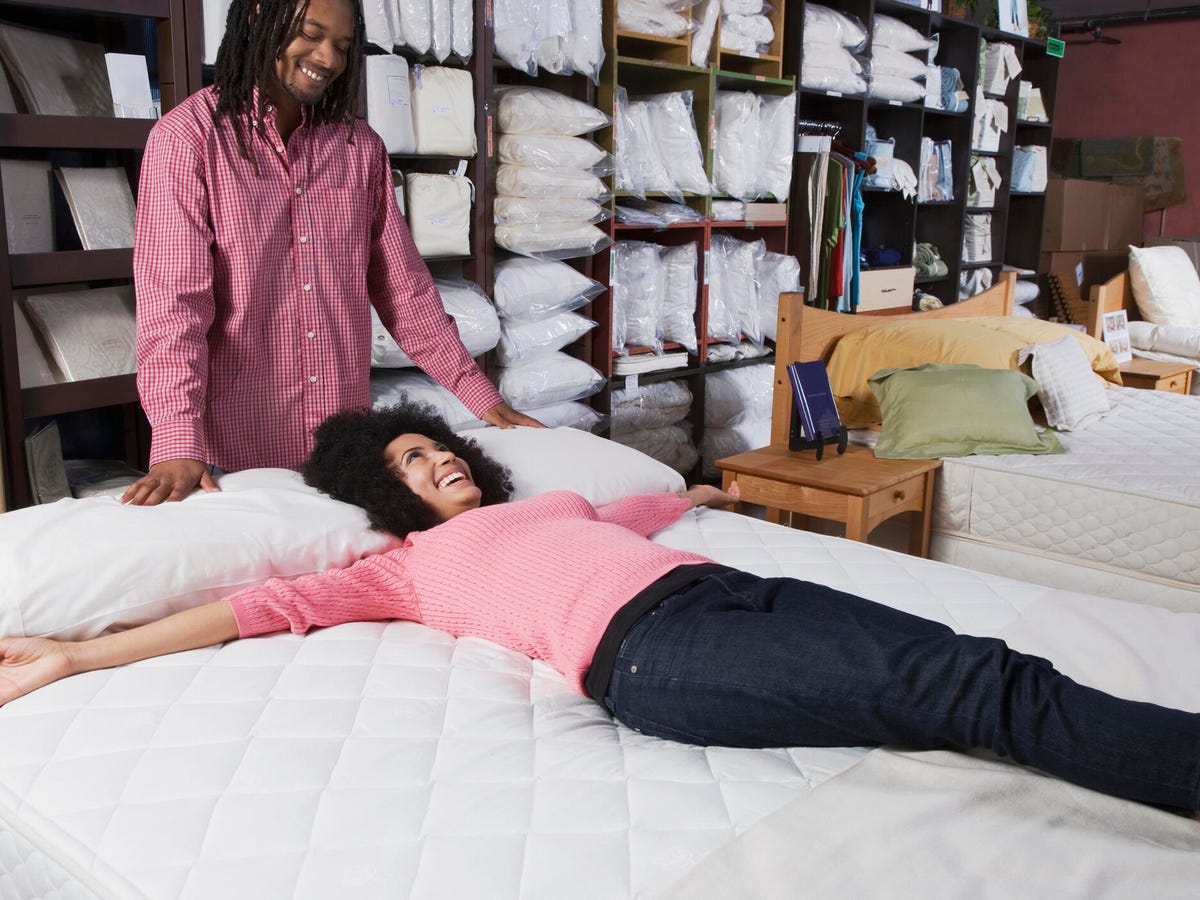
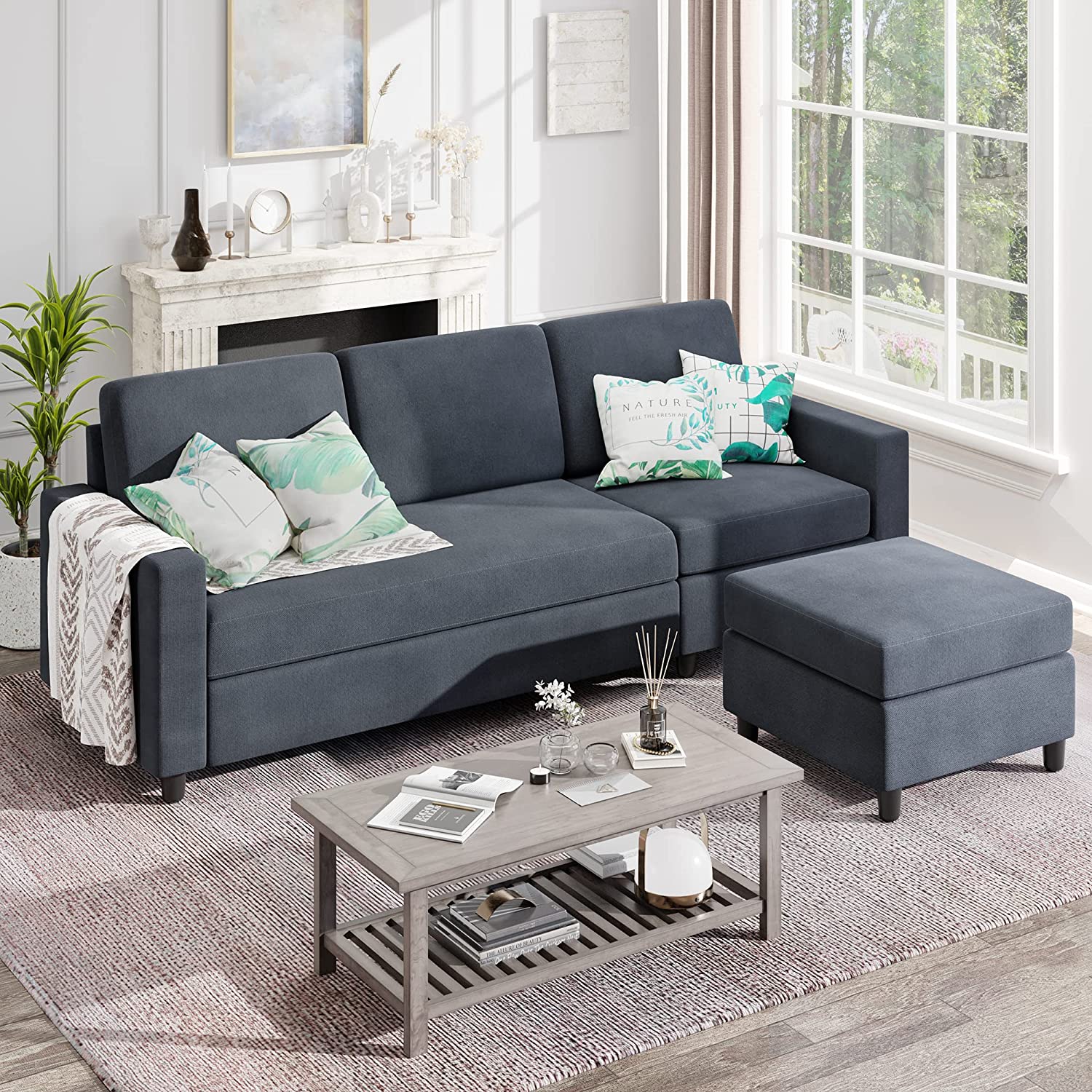
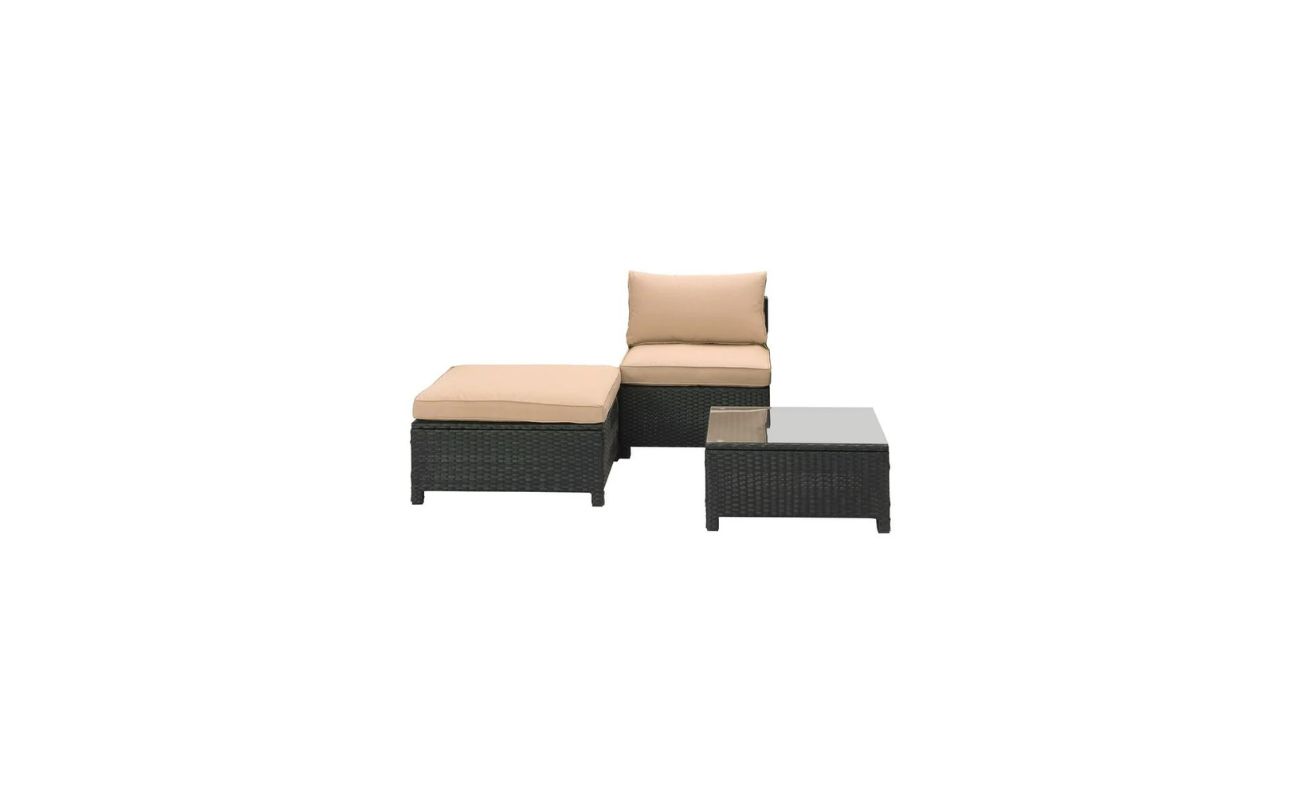
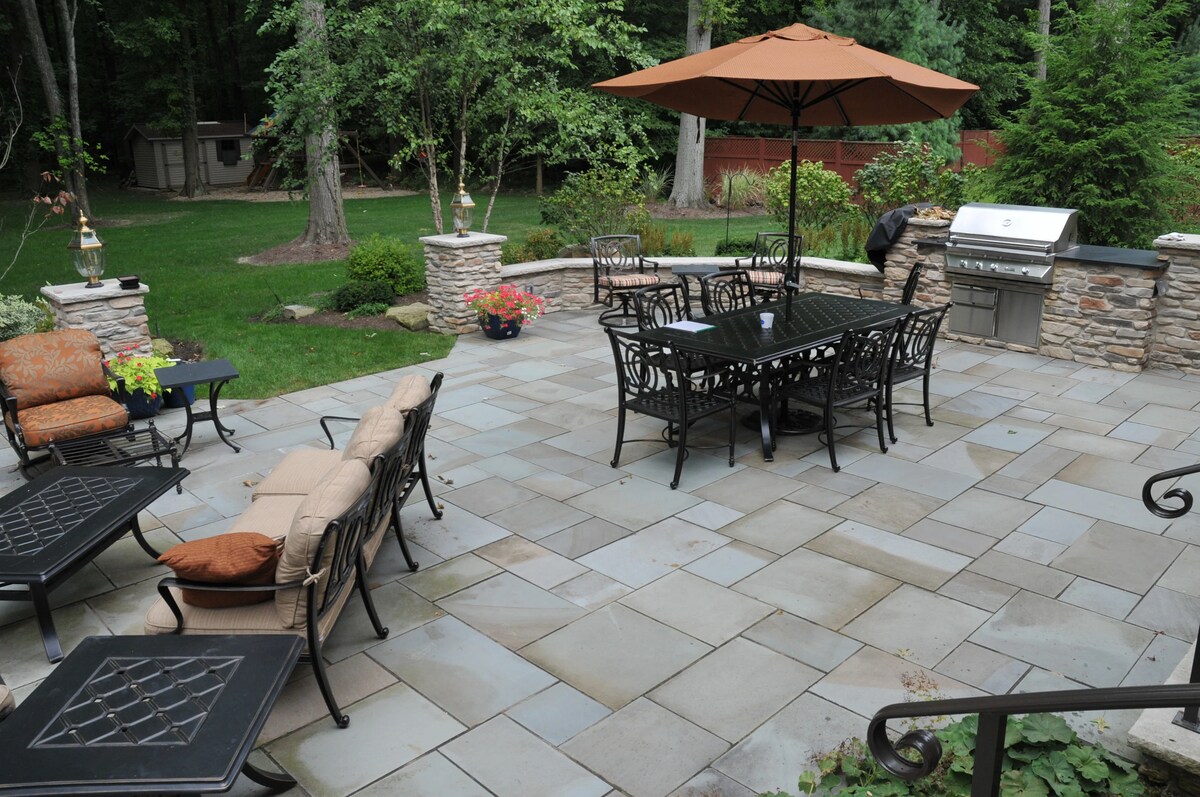
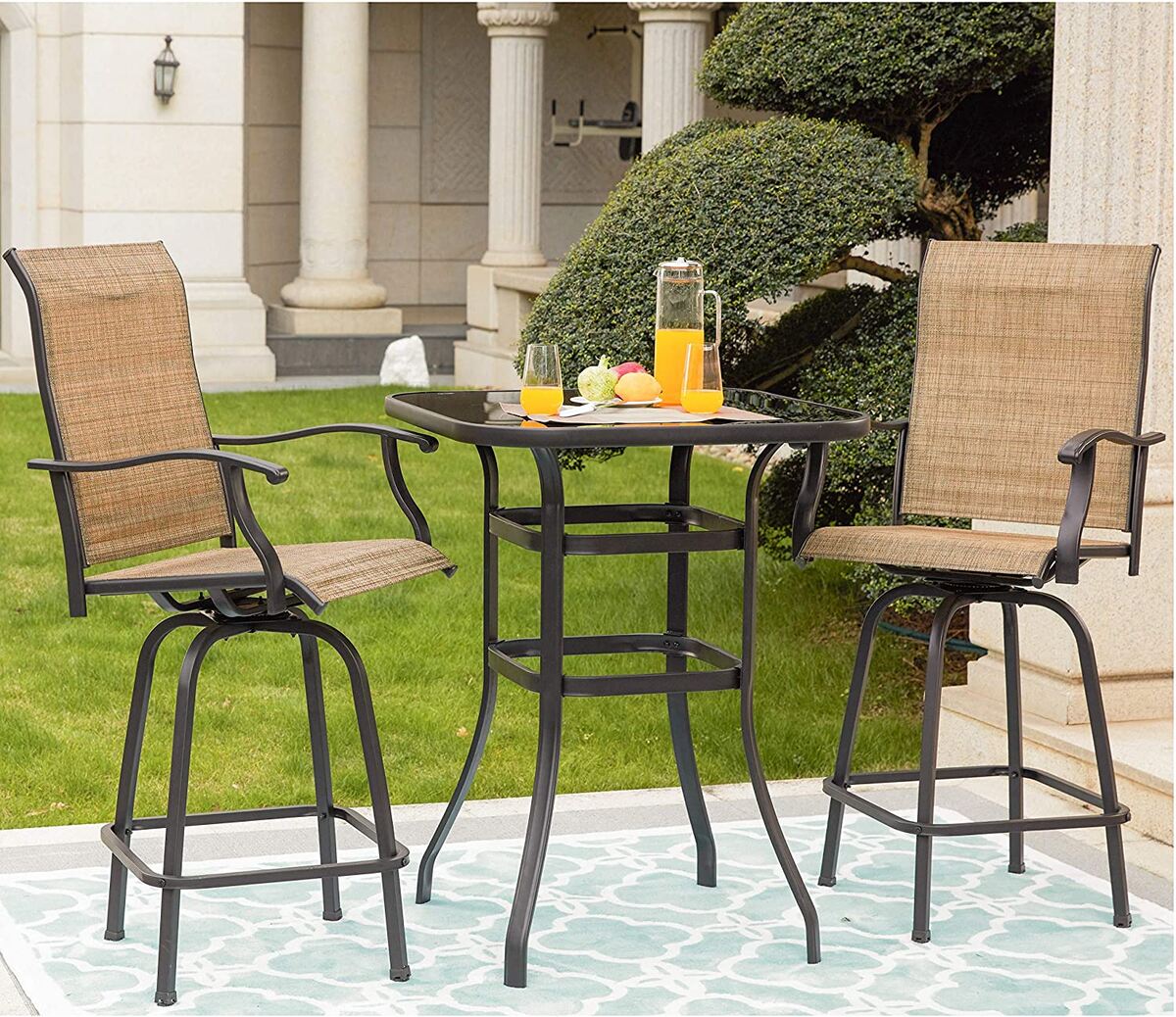


0 thoughts on “What To Look For When Buying Patio Furniture”